Notifications
The mining industry has always been a vital pillar of global economic development, supplying essential raw materials for various industries, including construction, manufacturing, and technology. However, it is also one of the most hazardous sectors, with workers facing numerous safety risks such as cave-ins, equipment accidents, and exposure to hazardous materials. In recent years, technological innovations have emerged to mitigate these dangers, with computer vision AI leading the charge in transforming safety standards across mining operations.
Computer vision, a subset of artificial intelligence (AI), enables machines to interpret and make decisions based on visual data from cameras and sensors. By leveraging AI-driven computer vision, mining companies can significantly enhance safety, reduce accidents, and optimize operational efficiency. This article explores how computer vision AI is revolutionizing safety in the mining industry.
Computer Vision AI in Mining Safety is revolutionizing the industry by enhancing traditional safety protocols with advanced automation and real-time data analysis. Mining environments are highly dynamic, with frequent changes in terrain, machinery movements, and worker activity. Traditional safety measures like manual inspections and surveillance systems are often limited in their ability to detect hazards in real-time. Computer vision AI addresses these challenges by offering automated, continuous monitoring of mining sites, machinery, and personnel. This real-time surveillance helps in identifying potential risks, improving decision-making, and preventing accidents.
Key areas where computer vision AI enhances safety in mining include:
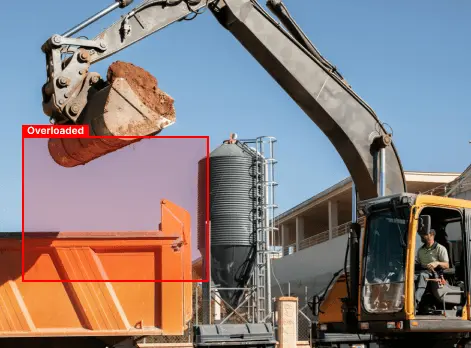
One of the most critical safety applications of computer vision AI is its ability to detect hazards in real-time. Mining operations often involve large machinery, explosives, and the handling of volatile materials. Even a minor misstep can lead to catastrophic consequences. AI-powered cameras and sensors can continuously monitor these high-risk areas, detecting abnormalities such as equipment malfunctions, gas leaks, or structural weaknesses.
For instance, computer vision systems can identify cracks in rock formations or equipment that may indicate potential collapses or mechanical failures. Early detection of these issues allows operators to take preventive measures, such as halting operations or evacuating workers, before the situation escalates into a disaster.
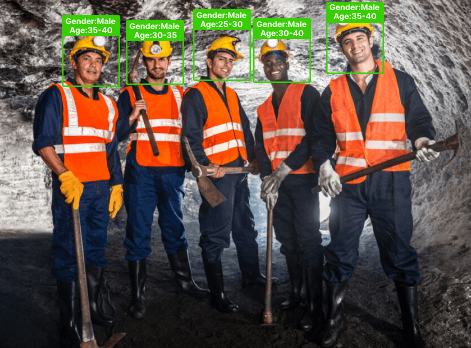
Ensuring that workers comply with safety regulations is crucial in minimizing accidents. Computer vision AI plays a pivotal role in monitoring personal protective equipment (PPE) compliance. AI-powered cameras can detect whether workers are wearing the required gear, such as helmets, goggles, gloves, and reflective vests, at all times. If the system identifies a worker without proper protection, it can send an alert to supervisors, allowing them to intervene promptly.
Additionally, these systems can monitor worker movements and assess whether they are operating in restricted or dangerous areas. This capability is particularly useful in underground mining operations, where visibility is limited, and certain zones pose heightened risks due to the presence of heavy machinery or hazardous materials.
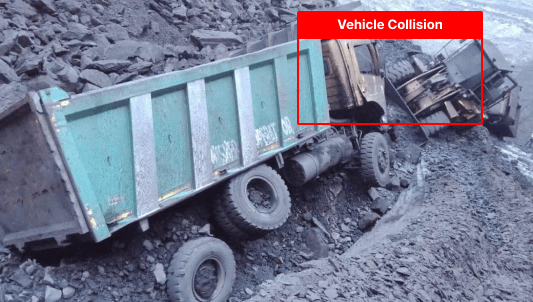
Mining operations rely heavily on complex machinery, from drills and excavators to conveyors and loaders. Mechanical failures or improper operation of equipment can lead to accidents, injuries, or fatalities. Computer vision AI helps prevent such incidents by continuously monitoring the condition and performance of machinery.
For example, AI-powered cameras can analyze the behavior of machines, identifying signs of wear and tear, overheating, or unusual vibrations. The system can then notify operators of these anomalies, prompting immediate maintenance or shutdown to avoid accidents. This proactive approach to machinery monitoring not only improves safety but also enhances the longevity and efficiency of mining equipment.
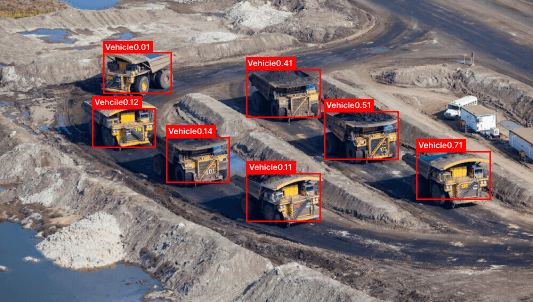
The integration of computer vision AI with autonomous vehicles and machinery is revolutionizing safety in mining operations. Autonomous trucks, drills, and loaders equipped with AI-driven computer vision systems can navigate challenging terrains and environments without human intervention. These machines can detect obstacles, avoid collisions, and operate with greater precision, reducing the risk of accidents caused by human error.
Moreover, in hazardous mining conditions, autonomous vehicles can be deployed in areas that are too dangerous for human workers. For example, AI-powered drones equipped with computer vision technology can inspect remote or underground locations, providing real-time data on structural integrity and environmental conditions. This reduces the need for workers to enter risky zones, thereby minimizing exposure to danger.
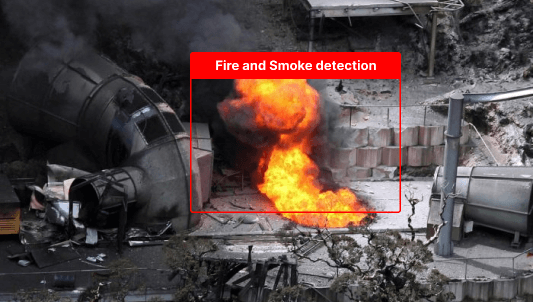
In the event of an emergency, such as a fire, gas leak, or mine collapse, quick and effective response is essential to saving lives. Computer vision AI can play a critical role in enhancing emergency response protocols. AI-powered surveillance systems can detect unusual activities, such as smoke, fire, or abnormal worker behavior, and trigger automated alerts.
These systems can also track the movement of workers in real-time, helping supervisors to quickly assess the situation and direct workers to safe evacuation routes. In underground mining operations, where traditional communication methods may fail, AI-driven systems can provide crucial information to guide emergency teams and rescue workers to the exact location of trapped personnel.
The implementation of computer vision AI in mining operations brings several key benefits that contribute to enhanced safety standards:
By continuously monitoring mining sites and equipment, computer vision AI enables proactive risk management. Early detection of potential hazards, equipment malfunctions, or unsafe worker behavior allows operators to take immediate corrective actions. This minimizes the likelihood of accidents and reduces downtime caused by safety incidents.
Human error is one of the leading causes of accidents in mining. Fatigue, distraction, and miscommunication can lead to critical mistakes. Computer vision AI mitigates these risks by automating key safety tasks, such as hazard detection, PPE compliance monitoring, and machinery operation. AI-driven systems operate with precision and consistency, reducing the potential for errors caused by human factors.
The real-time data provided by computer vision AI improves decision-making processes in mining operations. Supervisors and managers can access accurate and up-to-date information on site conditions, equipment status, and worker movements. This data-driven approach enables informed decision-making, allowing companies to address safety issues before they escalate.
The primary goal of computer vision AI in mining is to protect workers and ensure their wellbeing. By reducing the exposure of workers to dangerous conditions, preventing accidents, and ensuring compliance with safety protocols, AI-driven systems contribute to a safer working environment. This not only boosts worker morale but also enhances the overall safety culture within the mining industry.
While the primary focus of computer vision AI is safety, it also delivers significant cost savings for mining companies. By preventing accidents and equipment failures, AI-driven systems reduce the costs associated with repairs, downtime, and compensation for injured workers. Additionally, optimizing machinery operations and extending equipment lifespan leads to further cost efficiencies.
From elevating industry safety standards to ensuring compliance with security regulations, AI video surveillance software has revolutionized the entire definition of mining workplace safety. The game-changing shift towards innovative safety management systems emphasizes the relevance of protecting workers through AI technology. Looking forward to the role of AI in the mining industry, the entire globe is expecting deeper integration with emerging technologies for more advanced safety solutions. Are you in search of a transformative force in the mining industry? Then we got it covered for you. Nextbrain specializes in crafting advanced AI video analytics software for different industries across the globe. Leveraging world-class tools and technologies we create the best solutions for shaping a safer and efficient mining future.